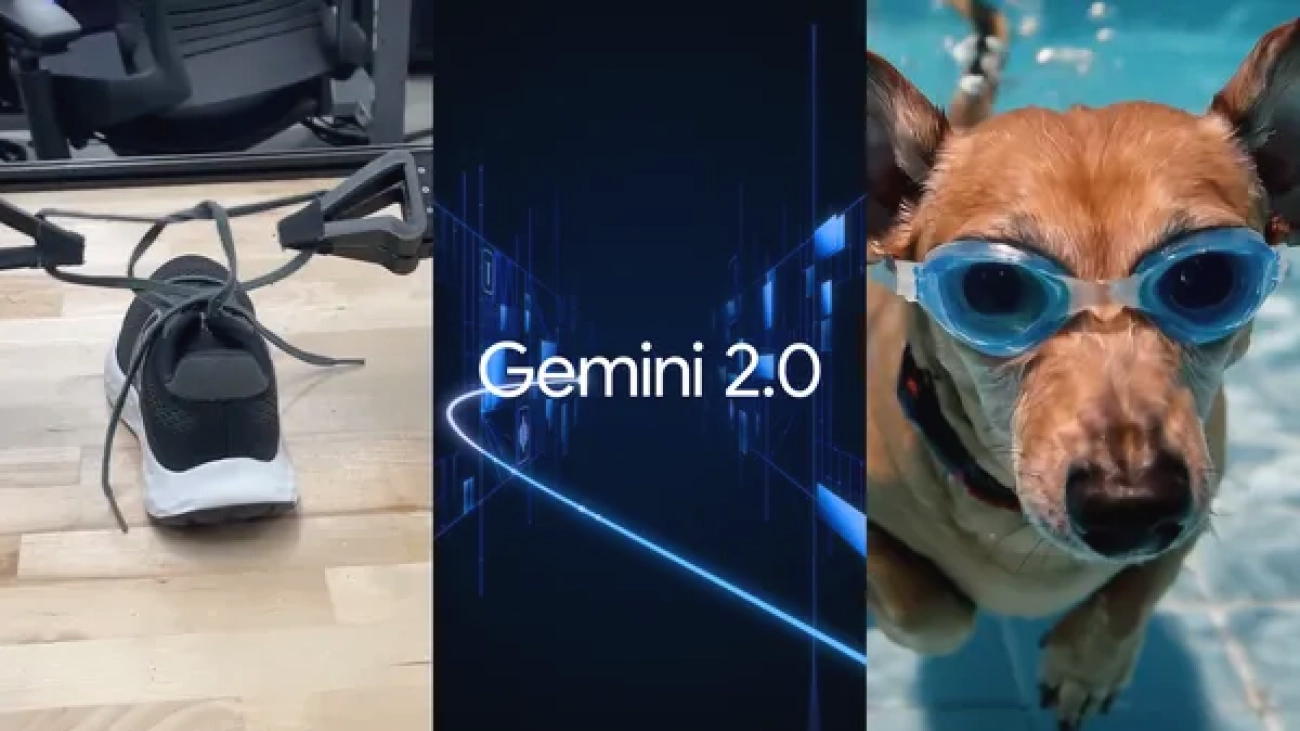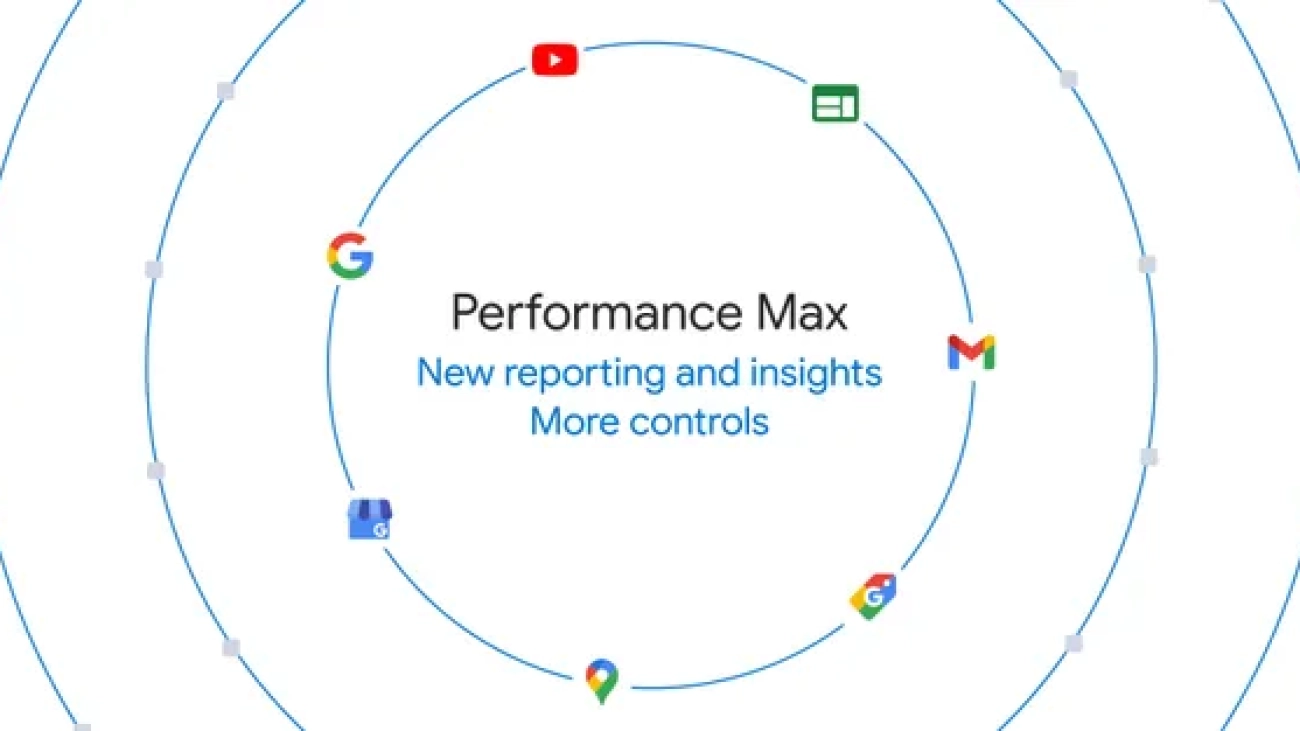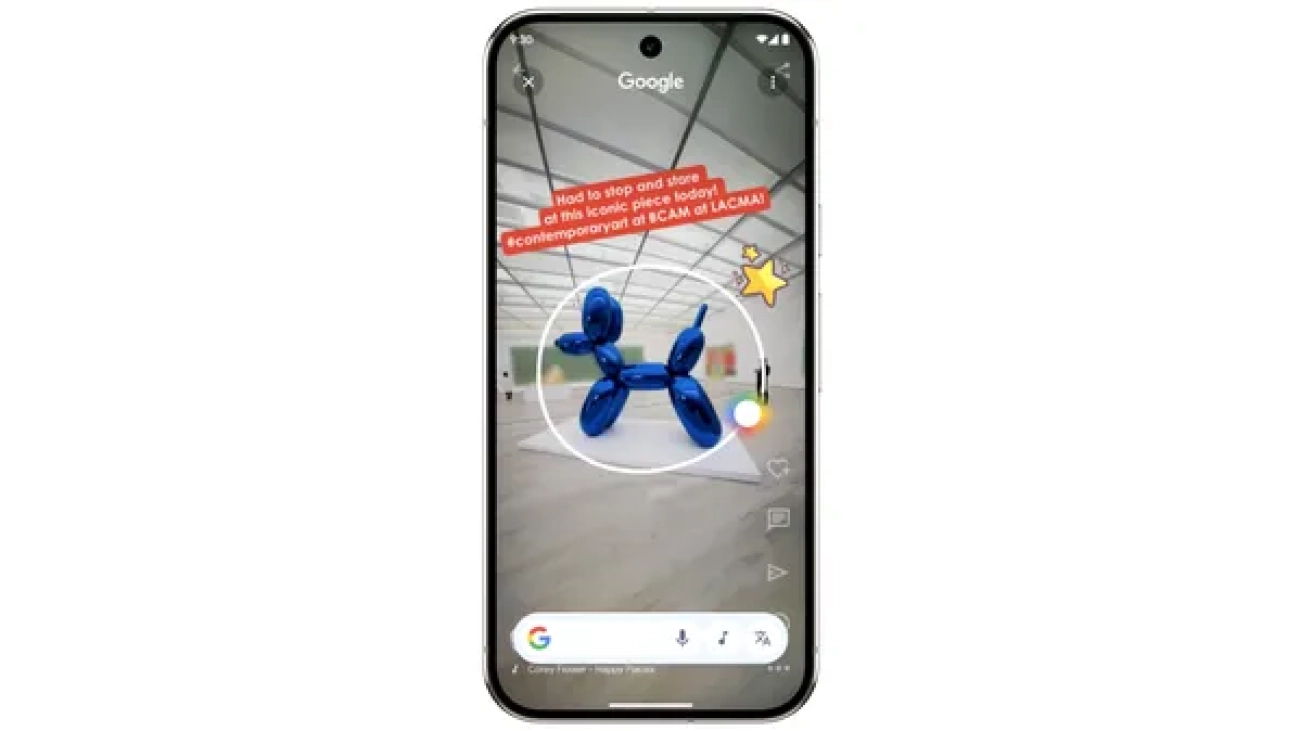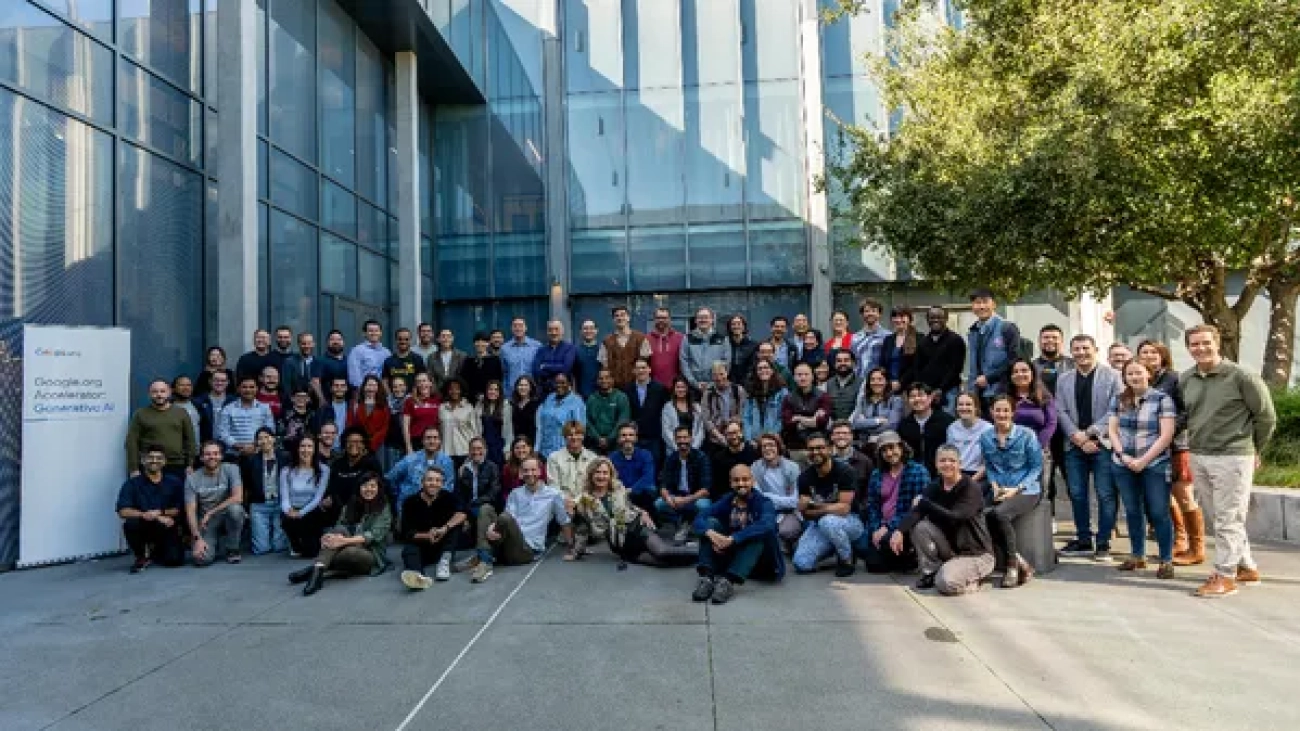 Learn more about Google’s new local ad spots highlighting small businesses using Gemini for Workspace.Read More
Learn more about Google’s new local ad spots highlighting small businesses using Gemini for Workspace.Read More
AI and the future of national security
 Kent Walker shares three national security imperatives for the AI era.Read More
Kent Walker shares three national security imperatives for the AI era.Read More
How we built Pixel’s Add Me feature for easier group photos
![]() Learn how Google teams built the Pixel 9 series’ Add Me feature, which uses AI for easier group photos.Read More
Learn how Google teams built the Pixel 9 series’ Add Me feature, which uses AI for easier group photos.Read More
3 startups using AI to help learners and educators
 This post highlights startups in the Google for Startups Growth Academy: AI for Education program, showcasing how artificial intelligence is transforming education.Read More
This post highlights startups in the Google for Startups Growth Academy: AI for Education program, showcasing how artificial intelligence is transforming education.Read More
2024: A year of extraordinary progress and advancement in AI
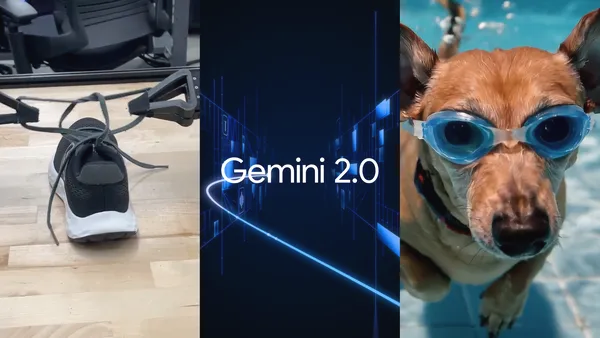 As we move into 2025, we’re looking back at the astonishing progress in AI in 2024.Read More
As we move into 2025, we’re looking back at the astonishing progress in AI in 2024.Read More
Kick off 2025 with new Performance Max features
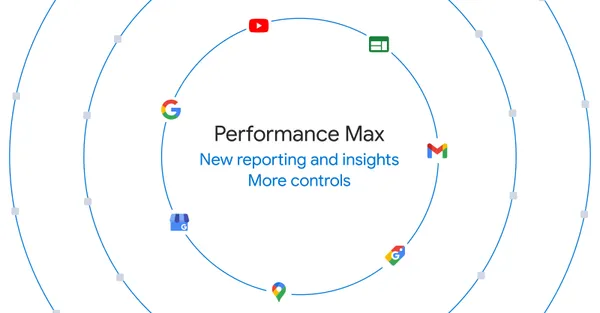 New improvements to reporting, controls and creative capabilities are coming to Performance Max.Read More
New improvements to reporting, controls and creative capabilities are coming to Performance Max.Read More
CMA assessment of mobile ecosystems
 The CMA has announced an assessment of whether Google has “Strategic Market Status” (SMS) in the mobile ecosystem under the new Digital Markets, Competition and Consumer…Read More
The CMA has announced an assessment of whether Google has “Strategic Market Status” (SMS) in the mobile ecosystem under the new Digital Markets, Competition and Consumer…Read More
New Circle to Search updates make it even easier to find information and get things done.
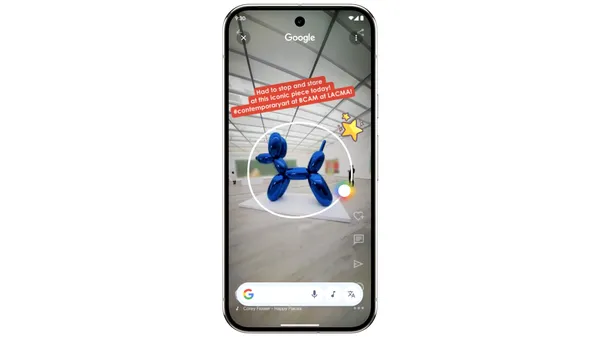 Last year, we introduced Circle to Search to help you easily circle, scribble or tap anything you see on your Android screen, and find information from the web without s…Read More
Last year, we introduced Circle to Search to help you easily circle, scribble or tap anything you see on your Android screen, and find information from the web without s…Read More
An open call for the next Google.org Accelerator: Generative AI
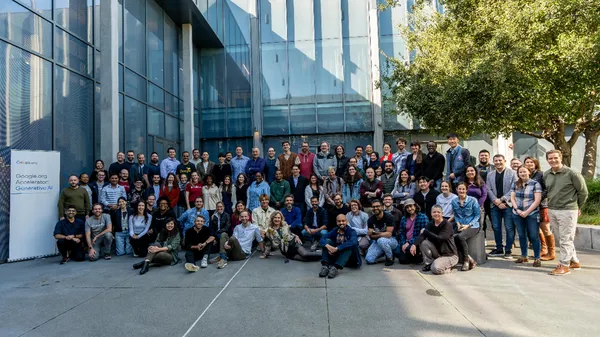 Apply now for an opportunity to receive funding and to participate in the Google.org Accelerator: Generative AI, a $30 million global open call.Read More
Apply now for an opportunity to receive funding and to participate in the Google.org Accelerator: Generative AI, a $30 million global open call.Read More
The CMA’s assessment of Google Search
 The CMA has announced that it will assess whether Google Search has “Strategic Market Status” (SMS) under the new Digital Markets, Competition and Consumers regime, and …Read More
The CMA has announced that it will assess whether Google Search has “Strategic Market Status” (SMS) under the new Digital Markets, Competition and Consumers regime, and …Read More




